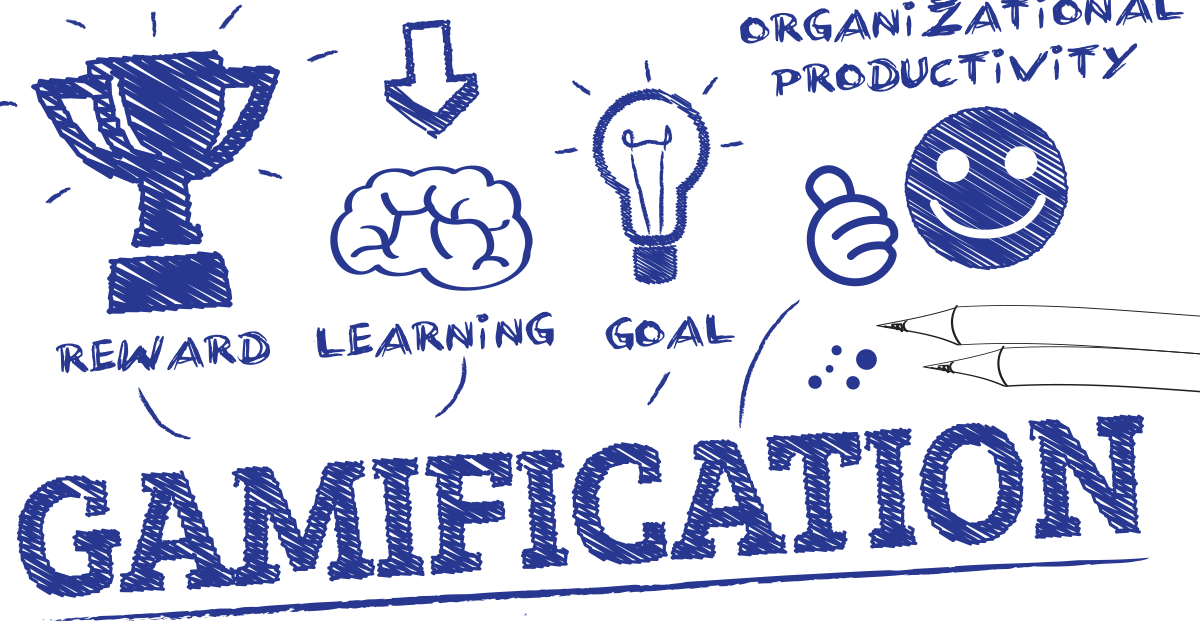Structural and mechanical engineering brings realization to design ideas. Just because engineering is grounded in physical processes and materials doesn’t make it less creative than any other design process. And therein lies the rub.
The research literature on creativity in engineering can be summarized simply: creativity is notoriously hard to objectify, quantify, qualify, and otherwise manage. There are various creative techniques organizations use to aid the creativity process, most notably brainstorming. Various role-playing scenarios are occasionally used, but most engineers are loathe to engage in such practices. Creativity at the requirements stage is considered particularly painful because engineers want to move on to what is perceived as the more useful and productive processes.
Yet the creative aspects are necessary. When a team suddenly sees a radically different way to achieve a goal, it challenges the organization to make sure the new idea is not just different, but better. Properly managed, creativity can become the catalyst to innovation.
Gamification and Creative Brainstorming
Gamification is seen as a promising new area for encouraging creativity in engineering groups. One recent study tested how to stimulate creativity when a set of existing patterns have defined a team’s engineering processes. Researchers in Belgium created a method called Design to Connect (D2C), and applied it to the process of selecting physical connectors such as bolts, adhesives, and snap joints. A set of 46 cards were printed. Each card offered a specific illustrated example mixing function, shape, manufacturing process, and material. Teams were told to match the cards up to create a process.
Results showed a “significantly higher number of ideas” were generated by using the cards than with existing practices. The study also found that satisfaction with the D2C method was higher among those with a higher level of educational achievement (masters versus bachelors).
Visual Thinking via Gamestorming
Another gamification approach is not a single process like D2C, but a set of idea visualization processes called Gamestorming. The founders of the method note, “successful creative people tend to employ simple strategies and practices to get where they want to go.” These strategies don’t always stay the same from one project to the next, but morph and adapt to the situation.
One Gamestorming strategy of particular interest to engineering is a change management creativity game called Friend or Foe. It is a method for identifying stakeholders — defined as “anyone who can impact a decision.” Players use a specific visual method to create an ad hoc org chart of all stakeholders. The rules guide players through a very outside-the-box process that often discovers influencers and power dynamics not immediately obvious.
“Defined structures are rarely challenged,” the Gamestorming team notes, so Friend or Foe encourages players to explore attitudes and observations in a safe, structured, and collaborative setting.
If you attended the Adept Experience 2018 conference, Gamestorming should sound familiar. Gamestorming CEO David Mastronardi joined us for a breakthrough visual learning session that helped us unleash our own untapped creativity in order to solve challenges within our organizations. Have feedback from this immersive session? Leave us a comment with your thoughts! Plus, we’re already gearing up for an even better Adept Experience in 2019 in Boulder, CO. Secure your seat now and register early.


